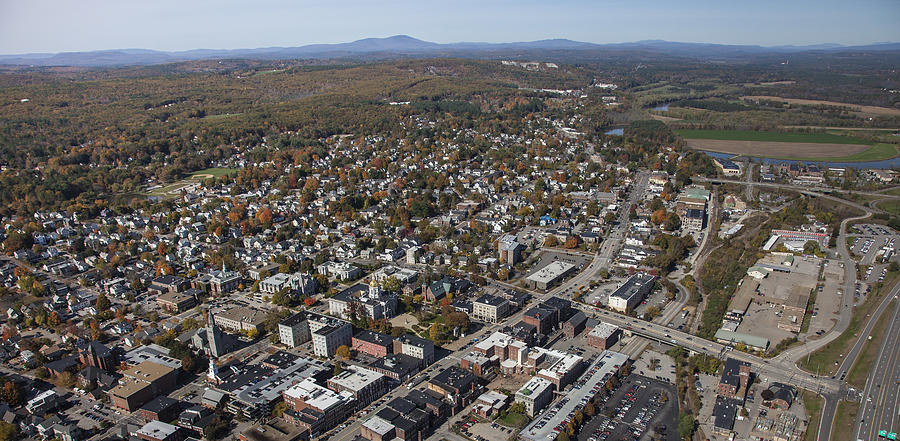Stage 2: Verdun - Mousson, 200 km
Stage 2 will take the riders into more hilly and difficult terrain. The stage starts in Verdun, the site of the most famous (and bloody) battle in World War 1 and most of the stage will go through places which saw some of the worst fighting in WW1. The first categorized climb in this years Tour starts already after 2 km, and the riders will face more hills in the last half of the stage.
The riders continues east towards Metz, where they will face the second climb of the day, Mont St. Quentin. From there the riders will face the hilly terrain south of Metz and additional 3 cat 4 climbs before the last and toughest climb to the stage finish in the small village of Mousson, south of Metz. The last climb is 1,4 km and over 10 %, which will surely be a battle between the puncheurs in the peloton.
Climbs:
4 km: Cote St. Michel: 2,4 km, 4,3 %, cat 4
121 km: Mont St. Quentin: 2,4 km, 5,1 %, cat 4
135 km: Croix St. Clement: 1,6 km, 7.9 %. cat 4
166 km: Croix des Carmes: 2,4 km, 4,5 %, cat 4
190 km: Bezaumont: 1,2 km, 8,9 %, cat 4
200 km: Mousson: 1,4 km, 10,2 %
Profile:

Map:

Stage 2 will take the riders into more hilly and difficult terrain. The stage starts in Verdun, the site of the most famous (and bloody) battle in World War 1 and most of the stage will go through places which saw some of the worst fighting in WW1. The first categorized climb in this years Tour starts already after 2 km, and the riders will face more hills in the last half of the stage.
The riders continues east towards Metz, where they will face the second climb of the day, Mont St. Quentin. From there the riders will face the hilly terrain south of Metz and additional 3 cat 4 climbs before the last and toughest climb to the stage finish in the small village of Mousson, south of Metz. The last climb is 1,4 km and over 10 %, which will surely be a battle between the puncheurs in the peloton.
Climbs:
4 km: Cote St. Michel: 2,4 km, 4,3 %, cat 4
121 km: Mont St. Quentin: 2,4 km, 5,1 %, cat 4
135 km: Croix St. Clement: 1,6 km, 7.9 %. cat 4
166 km: Croix des Carmes: 2,4 km, 4,5 %, cat 4
190 km: Bezaumont: 1,2 km, 8,9 %, cat 4
200 km: Mousson: 1,4 km, 10,2 %
Profile:

Map:












































